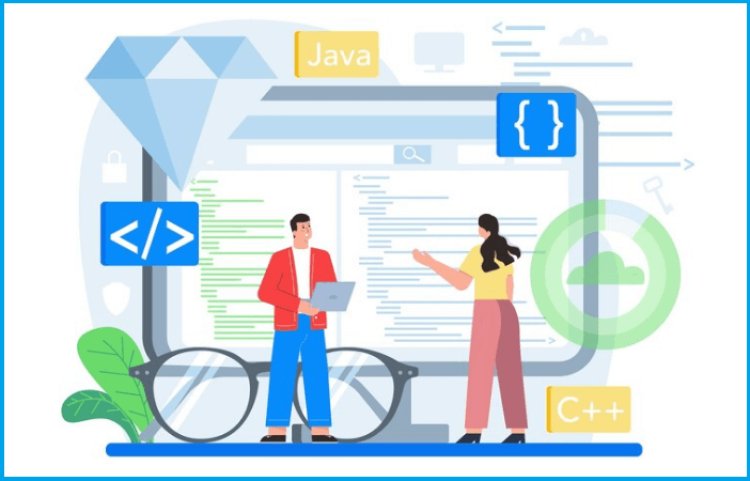Can you develop a Java web application without using JSP
Share this Post to earn Money ( Upto ₹100 per 1000 Views )

Yes, it is entirely possible to develop a Java web application without using JSP (JavaServer Pages). There are several modern alternatives and frameworks that can be used for building robust and scalable Java web applications. Here’s a guide on how to approach this, especially if you’re looking for a Java web application development company that also offers Android mobile app development services.
Developing a Java Web Application Without Using JSP
1. Using Spring Boot with Thymeleaf or FreeMarker
Spring Boot: A popular framework for creating standalone, production-grade Spring-based applications.
Thymeleaf: A modern server-side Java template engine for web and standalone environments.
FreeMarker: A template engine that generates text output based on templates.
How It Works: Instead of using JSP, you can use Thymeleaf or FreeMarker for your view layer. Spring Boot simplifies the setup and configuration.
2. Using JavaServer Faces (JSF)
JSF: A Java specification for building component-based user interfaces for web applications.
Facelets: A powerful but lightweight page declaration language that is used as a view handler in JSF.
How It Works: JSF, combined with Facelets, can replace JSP in the development of web applications, offering a rich set of UI components and a managed bean model.
3. Using Vaadin
Vaadin: A Java framework for building modern web applications that provides a rich set of UI components.
How It Works: Vaadin allows you to build web applications entirely in Java without needing to write HTML, JavaScript, or CSS directly.
4. Using Play Framework
Play Framework: A high-velocity web framework for Java and Scala.
Twirl: The default templating engine in the Play Framework.
How It Works: Play Framework offers a reactive model and can be used to develop highly scalable web applications with the Twirl templating engine.
5. Using JavaFX for Web Applications
JavaFX: Primarily used for desktop applications, but with tools like JPro, you can run JavaFX applications in the browser.
How It Works: JPro allows JavaFX applications to run in any modern browser without the need for plugins.
Key Considerations When Choosing a Java Web Application Development Company
1. Expertise in Modern Java Frameworks
Look For: Companies with a strong portfolio in using frameworks like Spring Boot, Vaadin, or Play Framework.
Why It Matters: Expertise in these frameworks ensures the company can deliver a modern, maintainable, and efficient web application.
2. Experience in Full-Stack Development
Look For: Companies that offer comprehensive services covering both front-end and back-end development.
Why It Matters: Full-stack expertise ensures cohesive development and better integration of different application layers.
3. Android Mobile App Development Service
Look For: Companies that also provide Android mobile app development services.
Why It Matters: If your project involves both web and mobile components, a company that can handle both can ensure seamless integration and a consistent user experience.
4. Client Reviews and Testimonials
Look For: Positive feedback from clients, especially on projects involving Java web development and Android app development.
Why It Matters: Client reviews provide insights into the company’s reliability, technical expertise, and overall service quality.
5. Support and Maintenance Services
Look For: Companies that offer post-launch support and maintenance.
Why It Matters: Ongoing support is crucial for keeping the application up-to-date and addressing any issues that arise after deployment.
By focusing on these considerations and exploring the mentioned alternatives to JSP, you can develop a robust Java web application while ensuring that the development company you choose aligns with your technical and project-specific needs.














![Greenvow CBD Gummies Review [Scam OR Legit] Benefits Exposed? Read Pros, Cons, Working, Update 2025](https://blog.rackons.in/uploads/images/202505/image_380x226_682ebd20deb0b.jpg)
